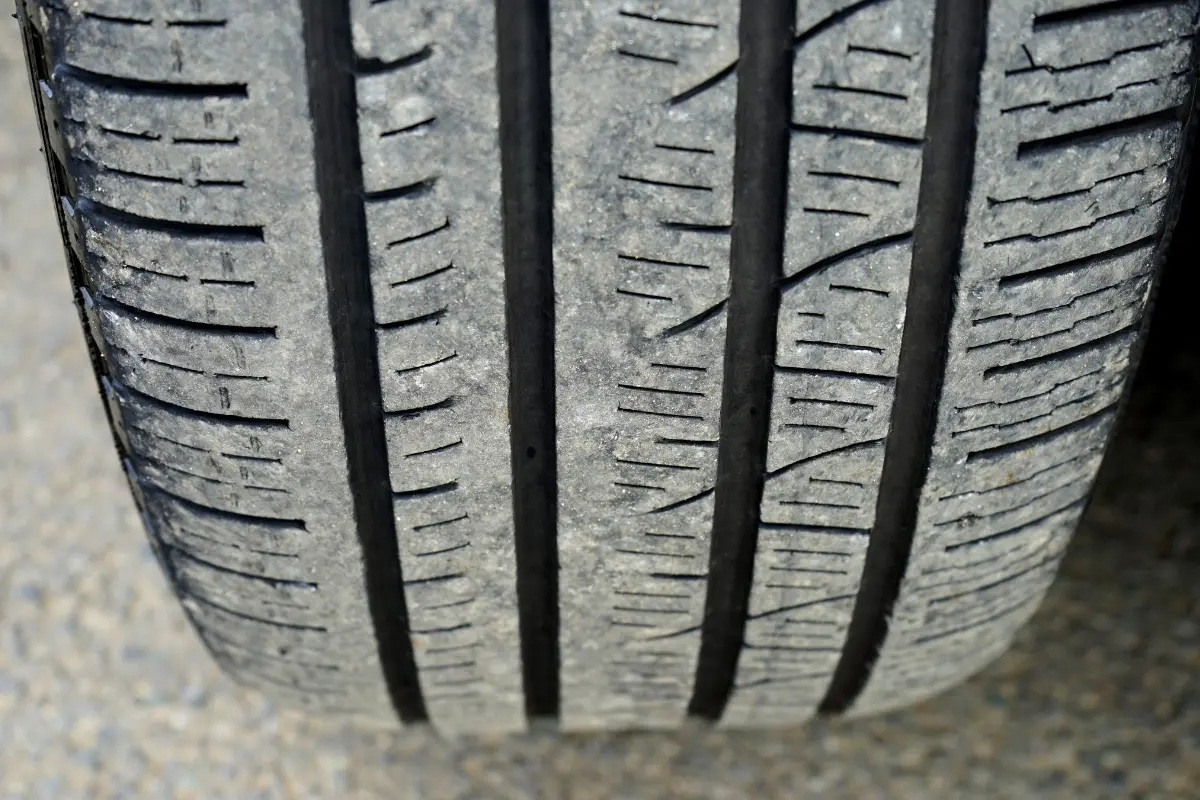In the realm of vehicular safety, tire integrity holds a prime spot. The crucial contact between your car and the unpredictable road lies in the palms of the tires. Keeping them in top-notch condition is not a choice, but a necessity.
Tire Anatomy
Understanding the basics is crucial before diving into the nitty-gritty of tire safety checks. Often perceived as simple rubber circles, tires hold more than what meets the eye. Comprising layers of fabric and steel encased in rubber, their design is a marvel in its own right.
A tire’s functionality spans across supporting the vehicle’s load, transmitting traction and braking forces to the road’s surface, absorbing road shocks, and changing and maintaining the direction of travel.
Routine Tire Checks
Embarking on the tire safety voyage requires a set routine to ensure that no stone is left unturned. The routine is not cumbersome but demands a diligent approach. Begin with a visual check to spot any obvious issues like cuts, cracks, or foreign objects embedded in the tire. Following this, a pressure check is imperative to ensure that the tires are inflated to the recommended pressure, ensuring an even wear and extending their lifespan.
Tire tread depth is next in line, providing the much-needed grip and curtailing the stopping distance. A tread depth gauge can be a handy companion in this quest. A minimum tread depth of 1.6 mm is generally advised to maintain a fair grip on the road.
Tire rotation, although often overlooked, is a paramount step in promoting even tire wear. It’s an act that calls for a professional hand, rotating the tires as per the vehicle manufacturer’s guidelines.
Alignment and Balancing
A misaligned or unbalanced tire is a precursor to uneven wear and a potential safety hazard. Alignment keeps the tires in the correct orientation, while balancing ensures that the tire weight is evenly distributed.
An alignment check post a minor mishap or a jaunt through rough terrains is a prudent move to keep unexpected troubles at bay. The ordeal of driving through a potholed lane or a minor brush against the curb could lead to alignment woes, often unnoticed by an untrained eye. Addressing these issues promptly can thwart further damage, ensuring that the tires lead a long and healthy life.
Furthermore, unbalanced tires can manifest in an uncomfortable driving experience, with vibrations resonating through the steering wheel. The perils stretch beyond mere discomfort; it’s a red flag indicating uneven wear, which could culminate in premature tire replacement, an expenditure worth avoiding.
The diligence of a routine alignment and balancing check can unveil these lurking issues, providing an opportunity to rectify them before they morph into larger, more menacing problems. It’s not merely about adhering to a safety protocol, but fostering a habit of preventative care, nurturing the tires to serve well through the journeys they are destined for. This vigilant approach towards tire care can save both time and resources in the long run, making it a worthwhile routine to uphold.
When to Replace
No tire is immortal. There comes a time when bidding adieu is inevitable to uphold safety. The indicators are often clear: tread wear, persistent pressure loss, or visible damage. Abiding by the manufacturer’s recommendations or the wisdom of a seasoned mechanic can steer the decision in the right direction.
Tire safety checks are not just a weekend chore, but a routine to roll by. It’s a small price to pay for a safe and smooth journey. Each meticulous check is a step towards ensuring that the vehicle is roadworthy, making every drive a safe venture. Through regular checks and adhering to professional advice, maintaining tire safety is a task well within reach.






